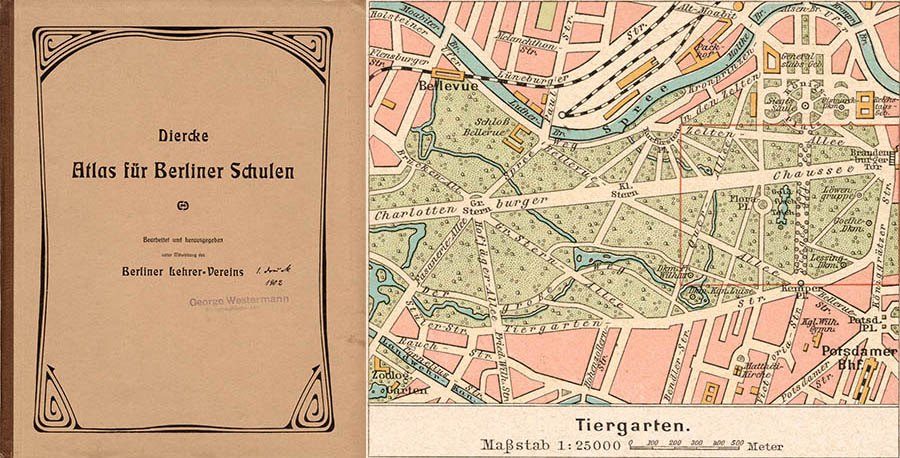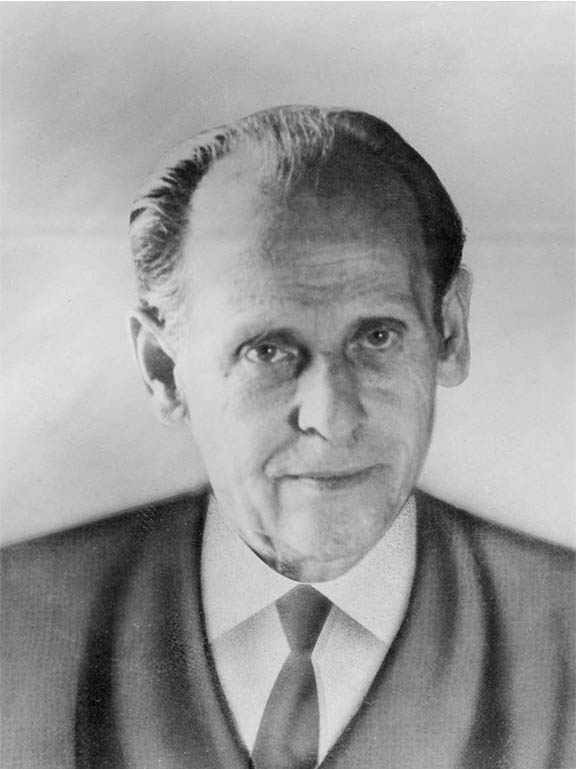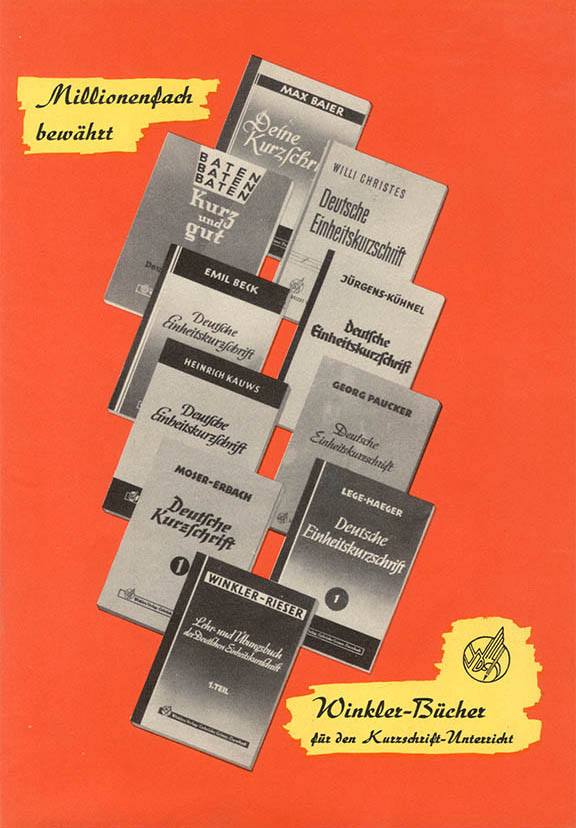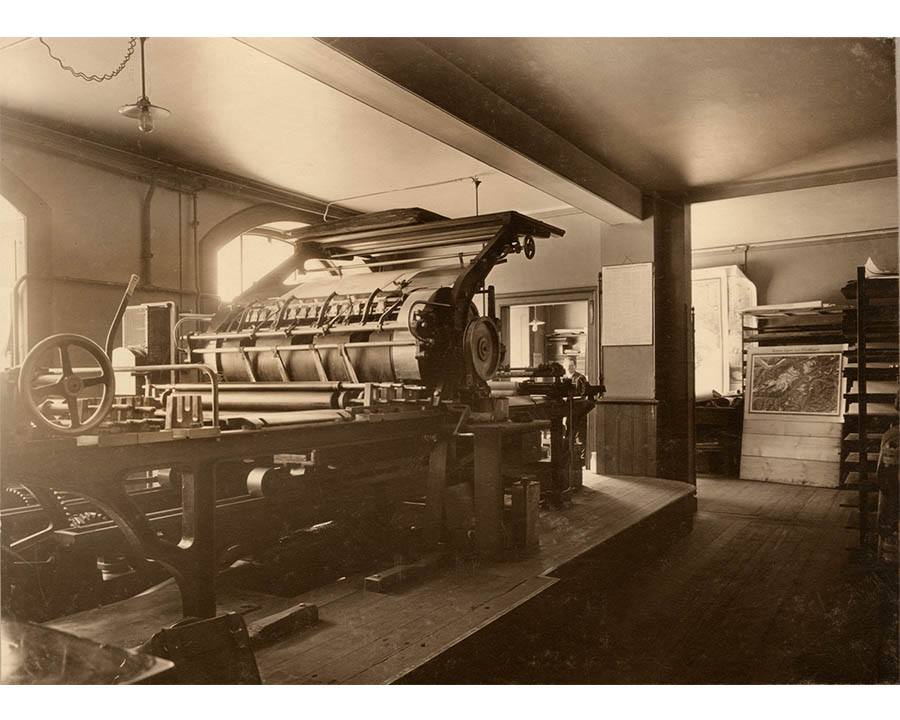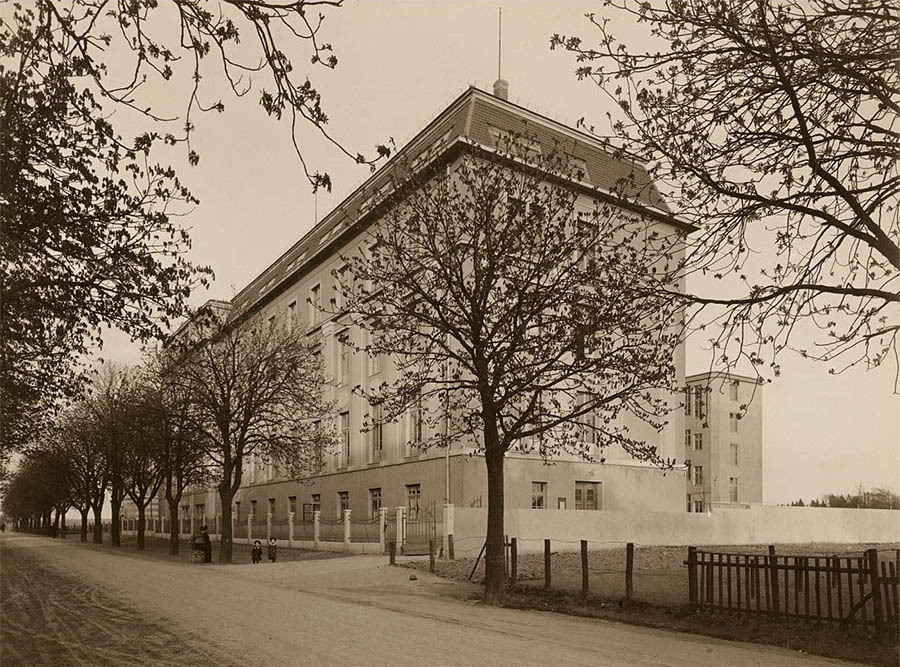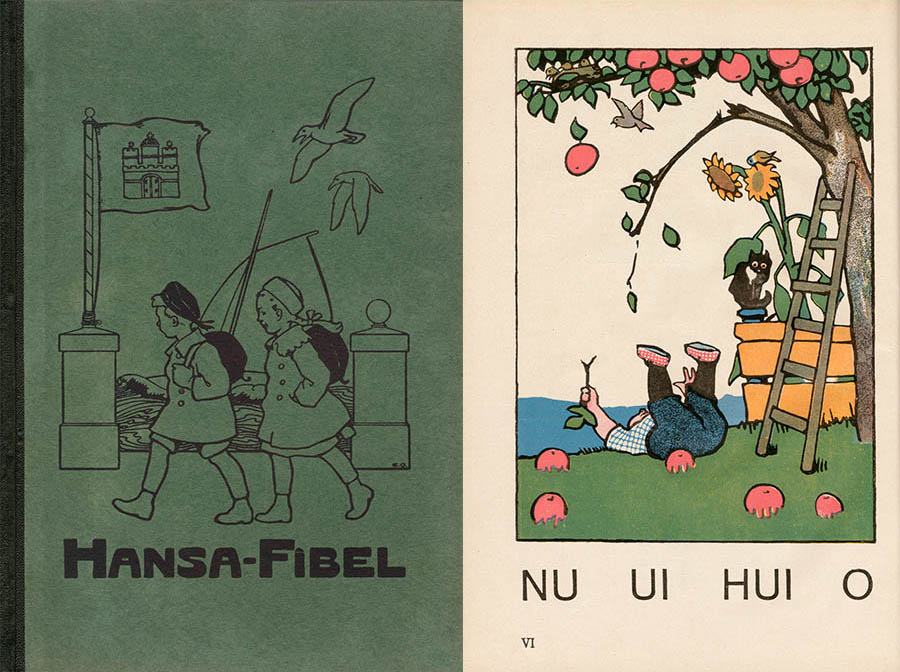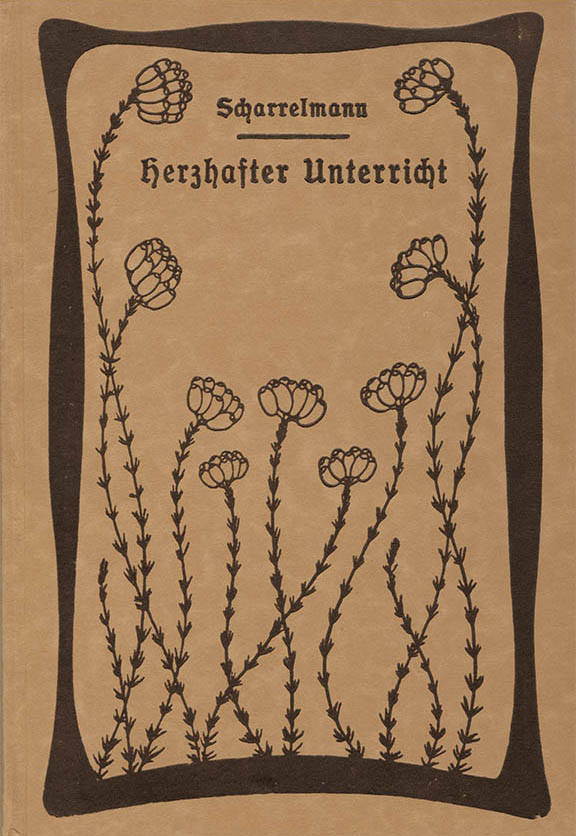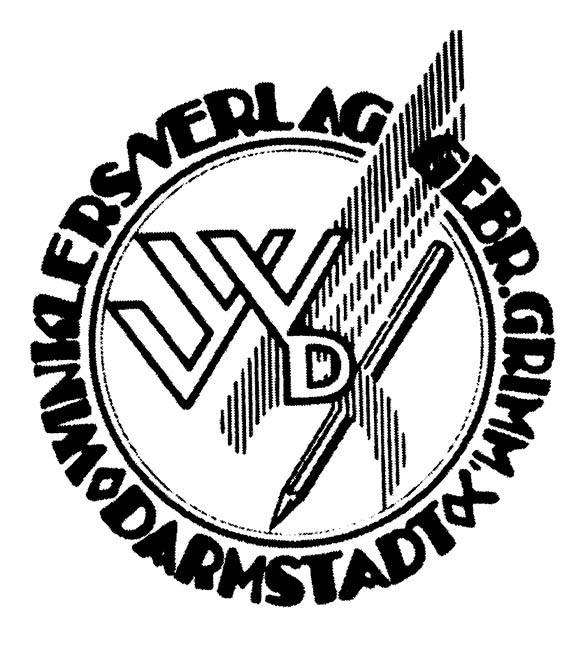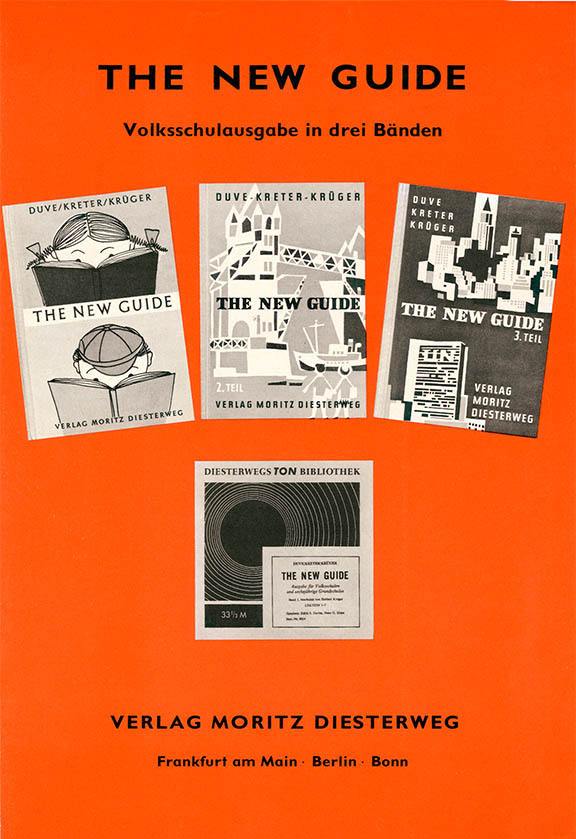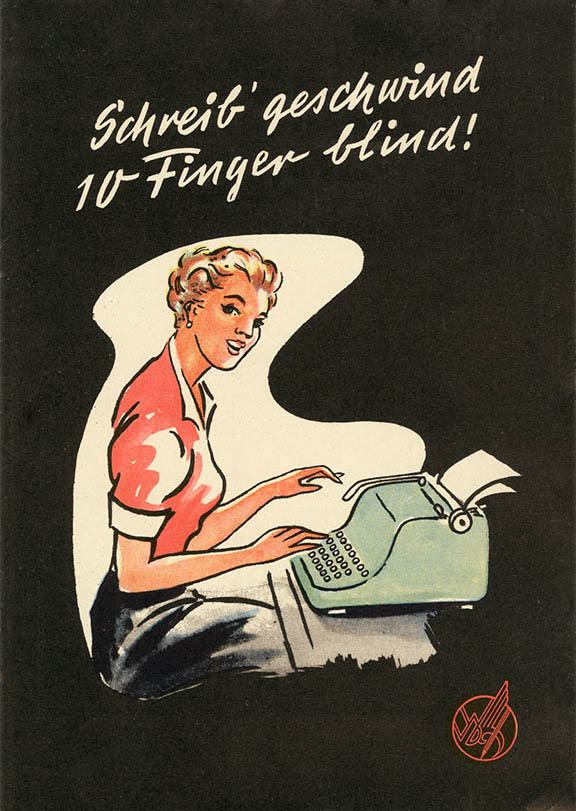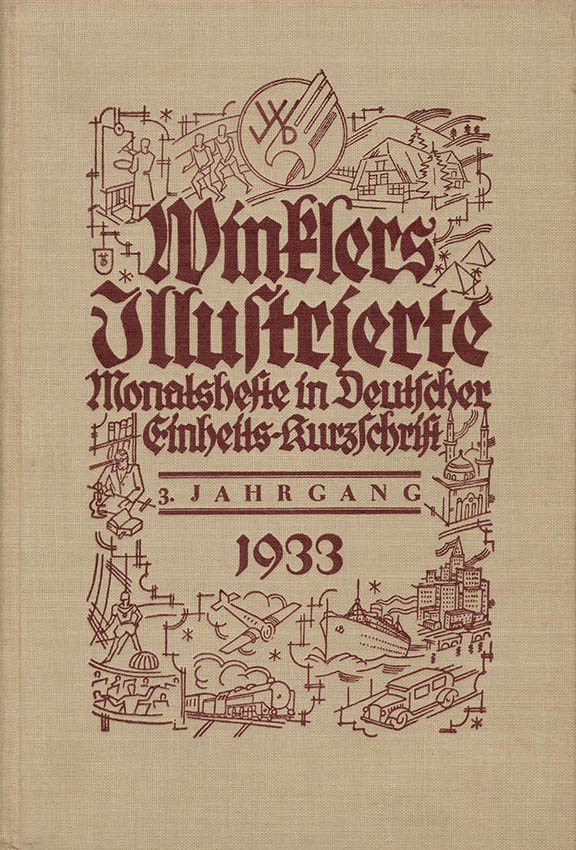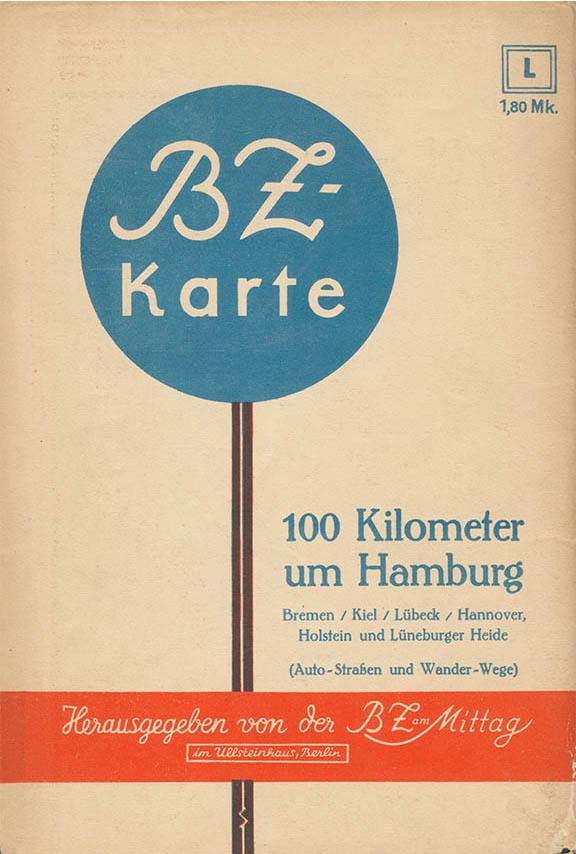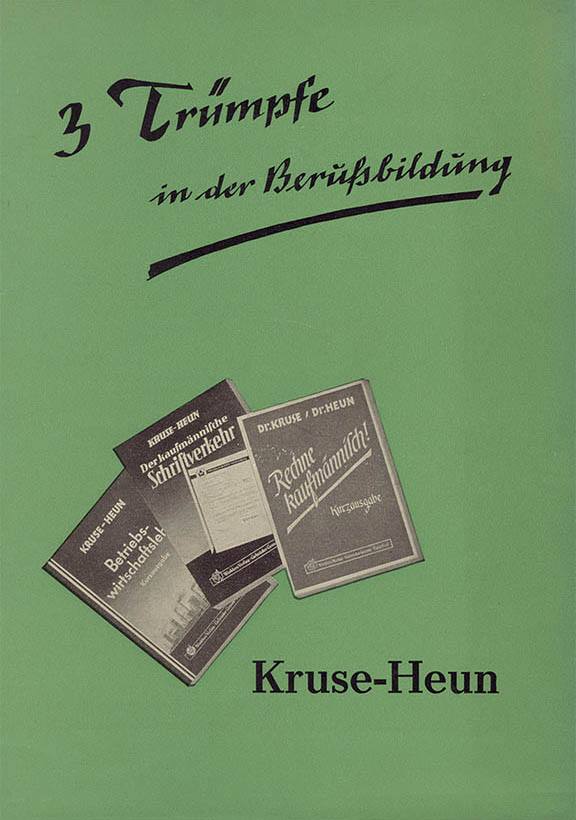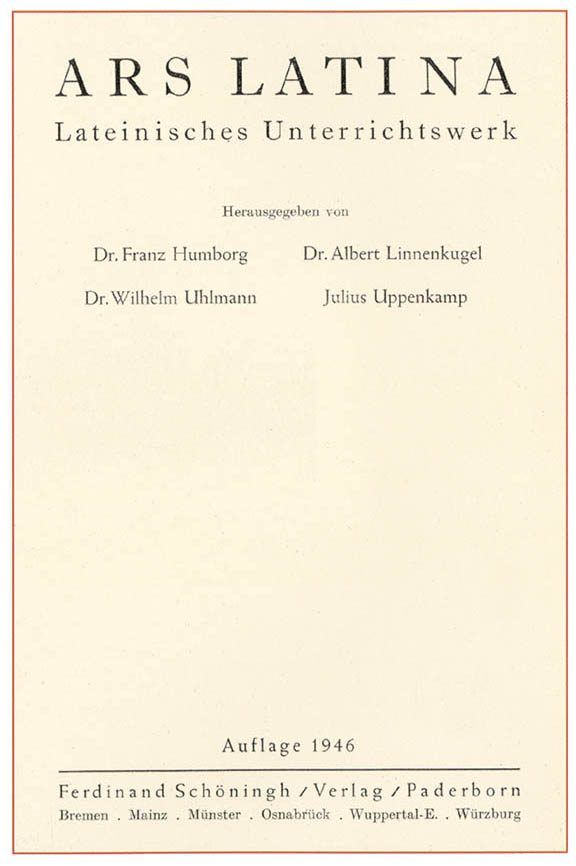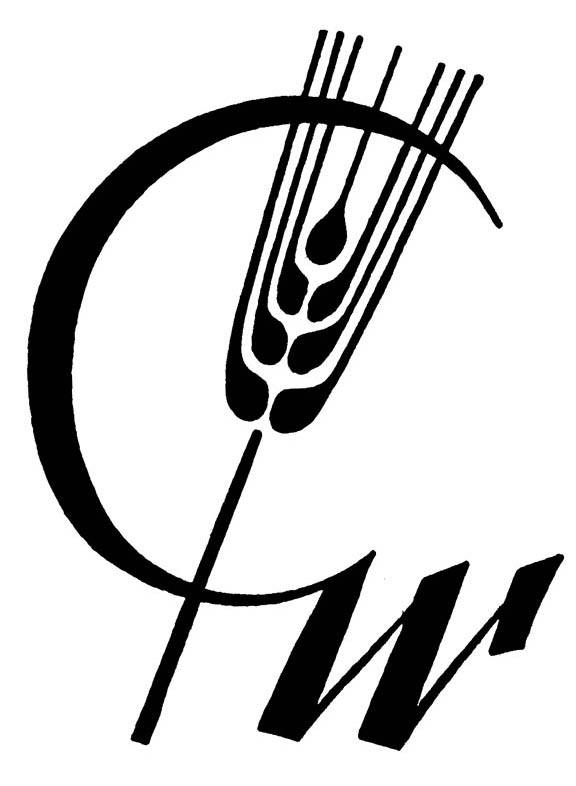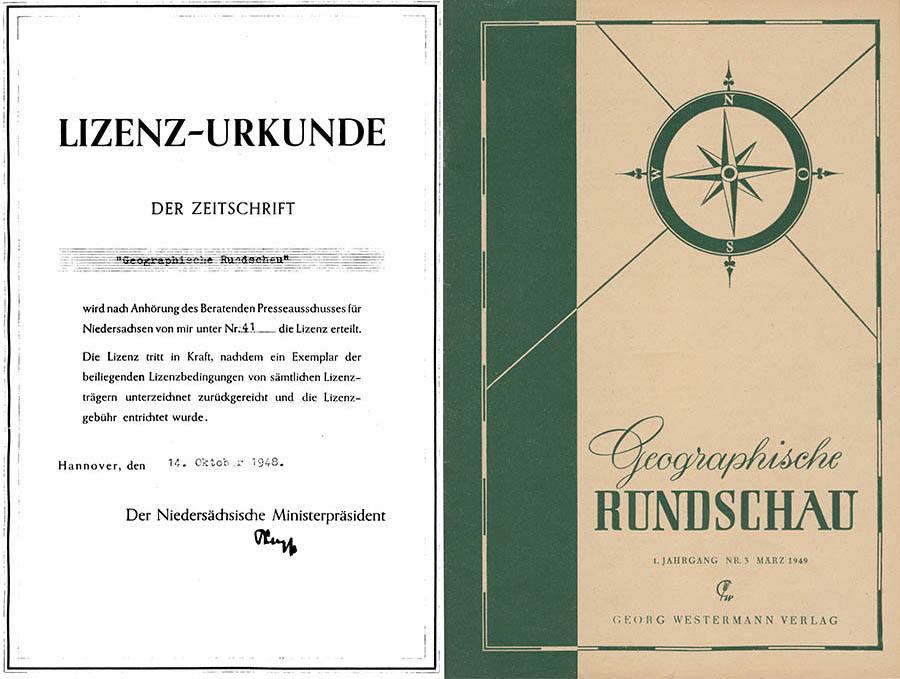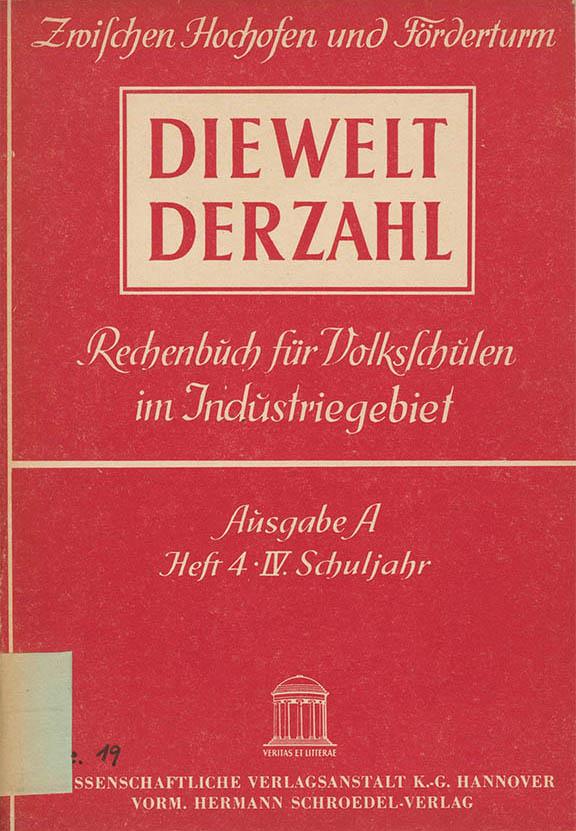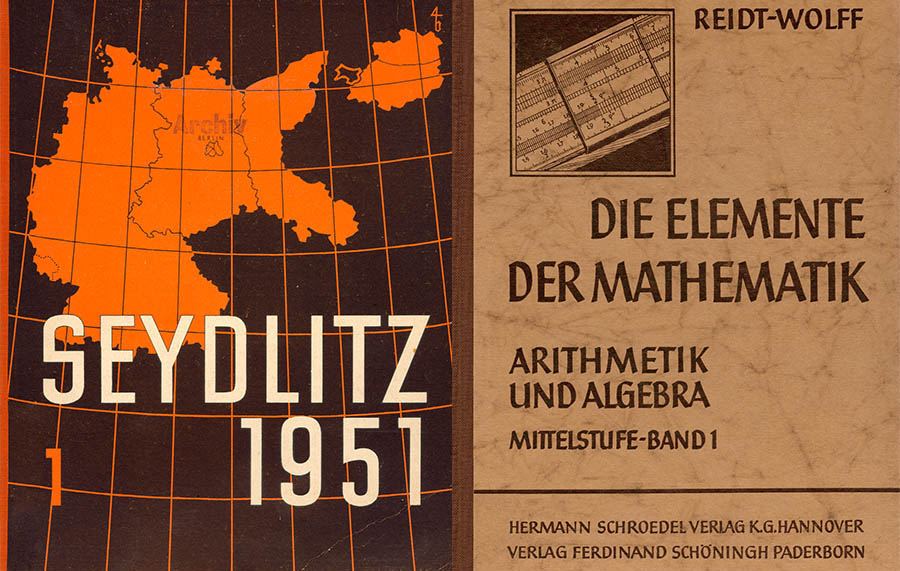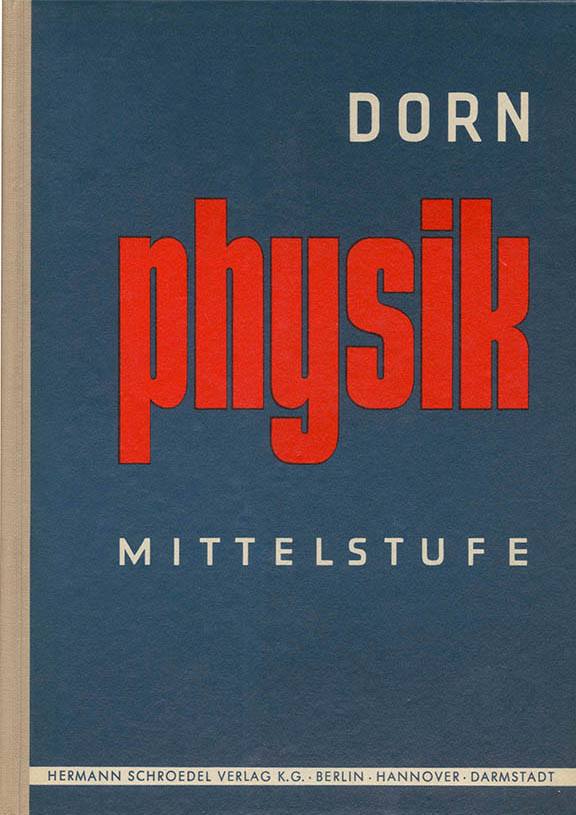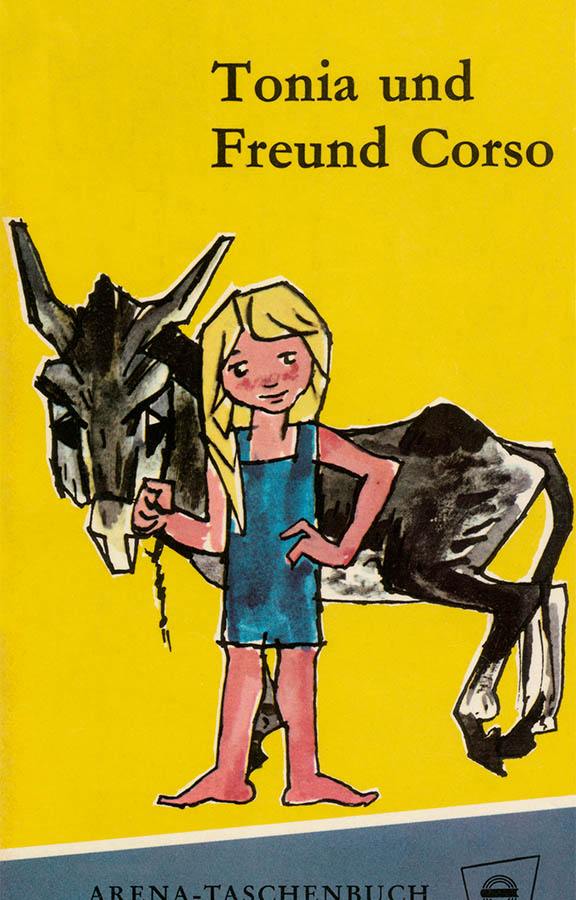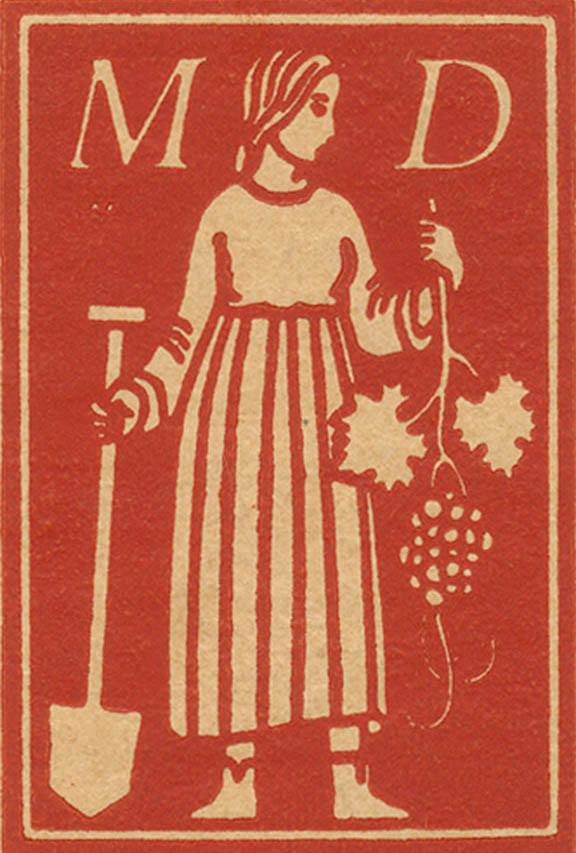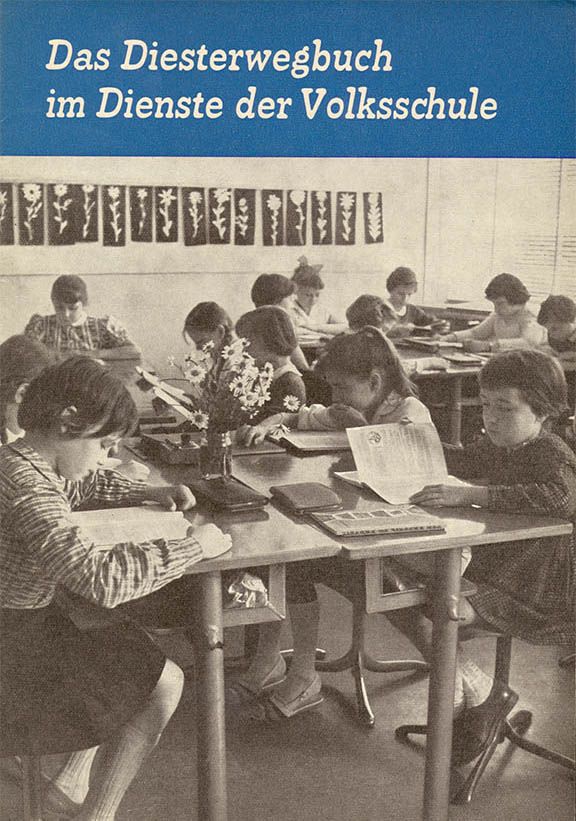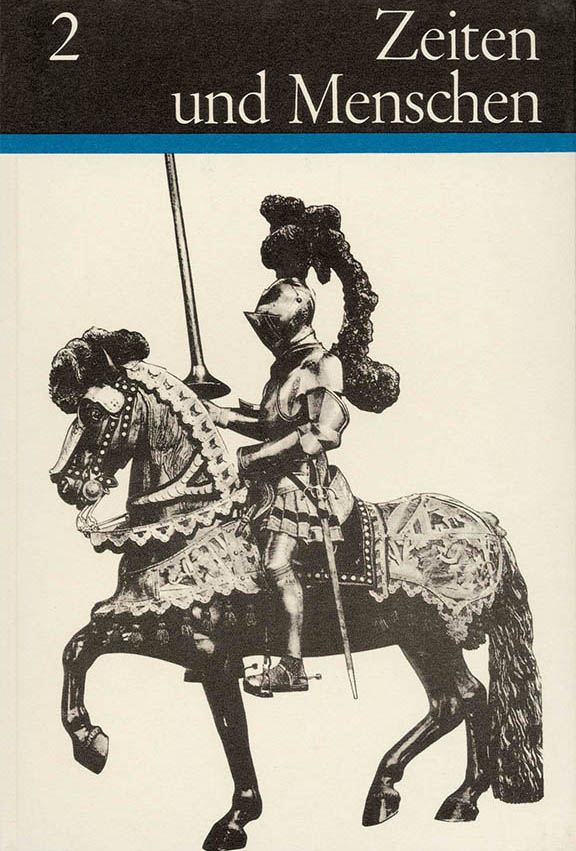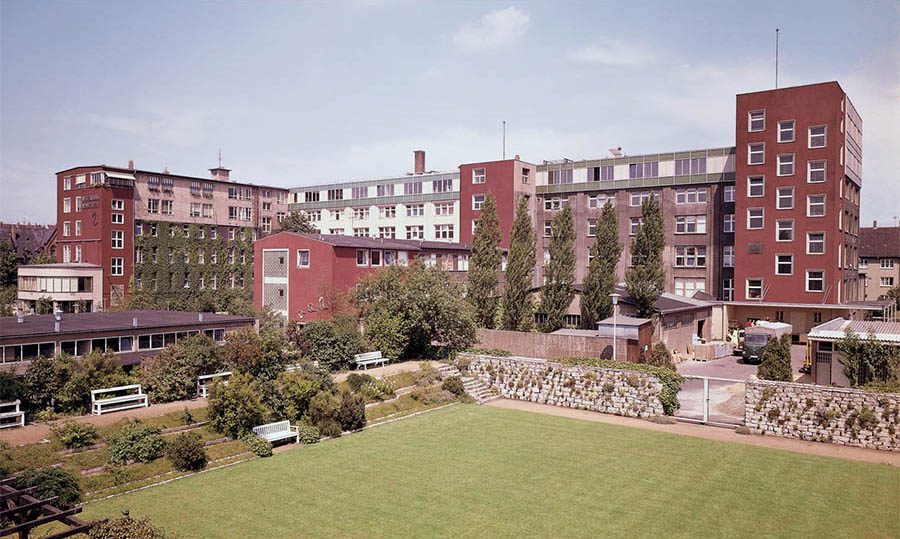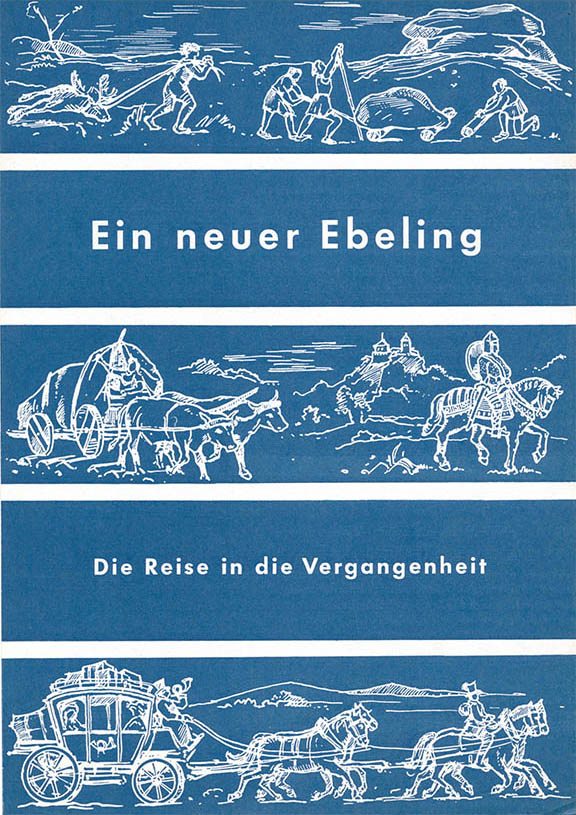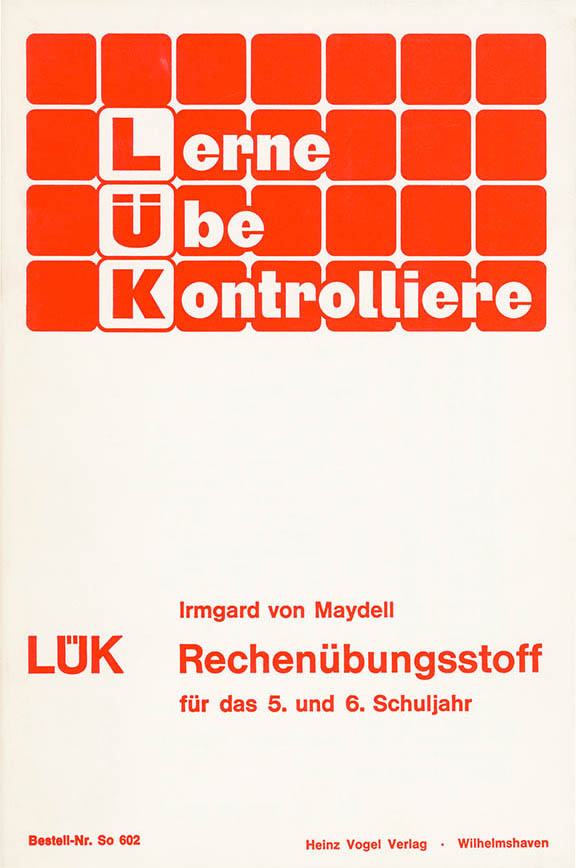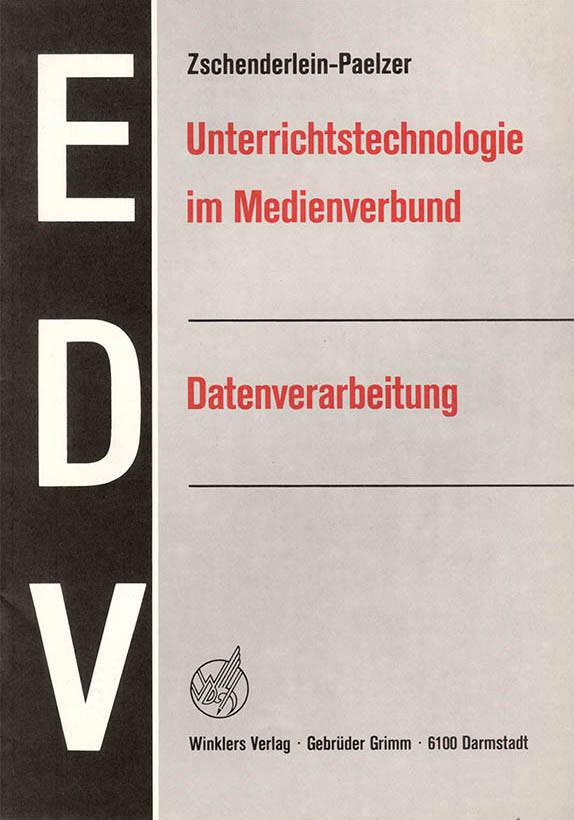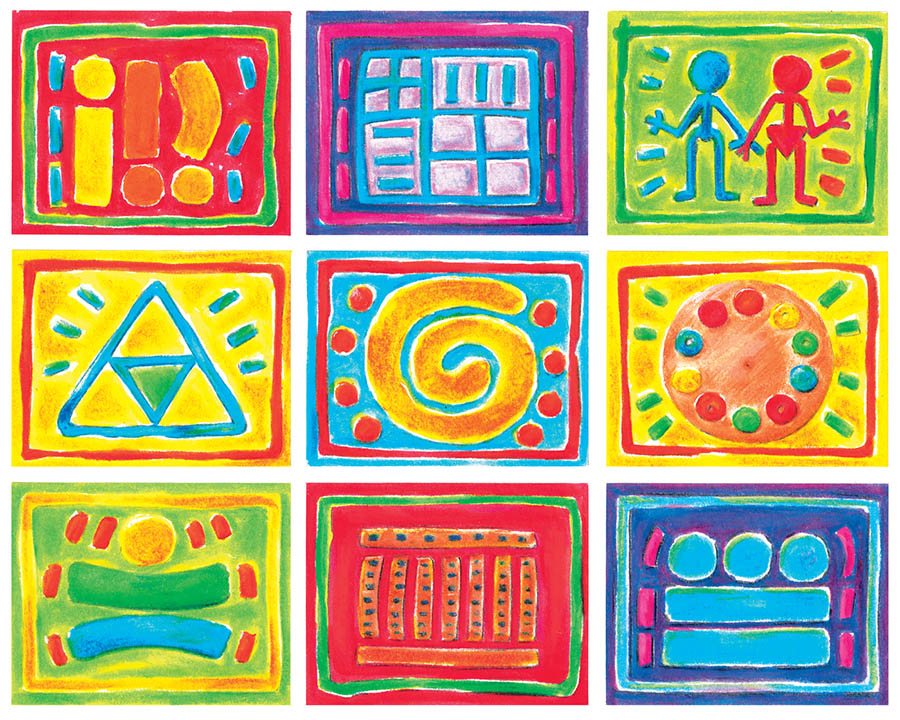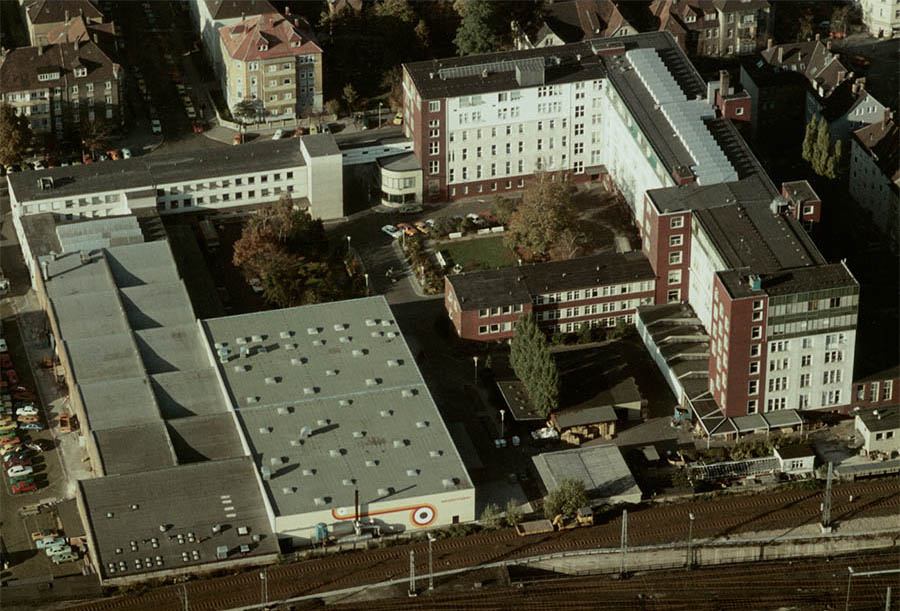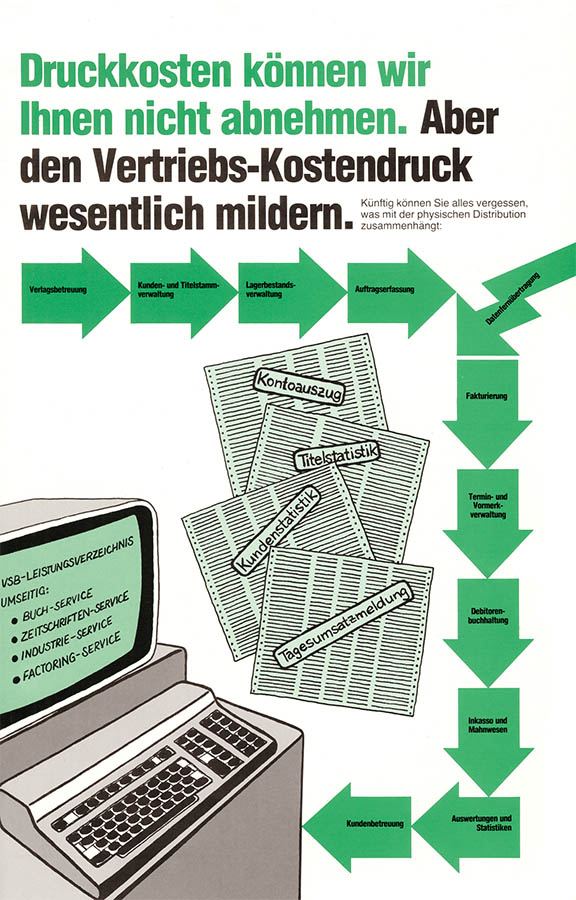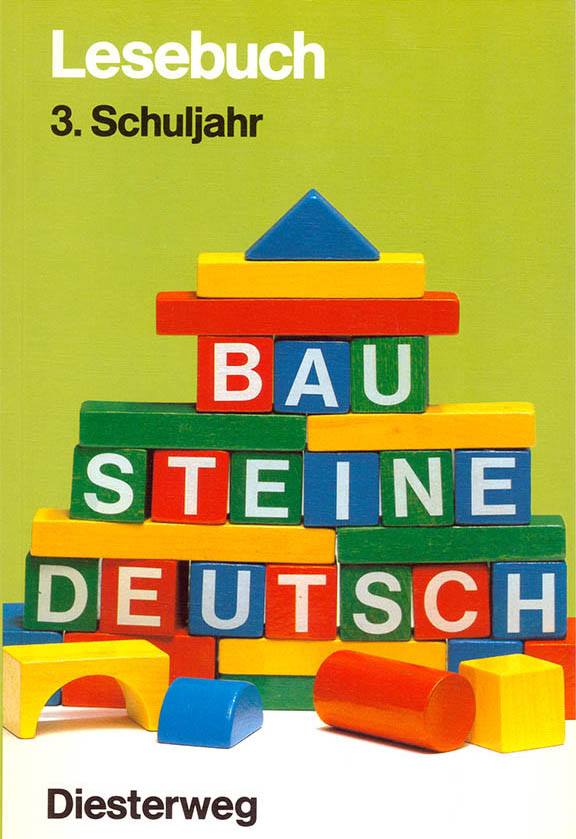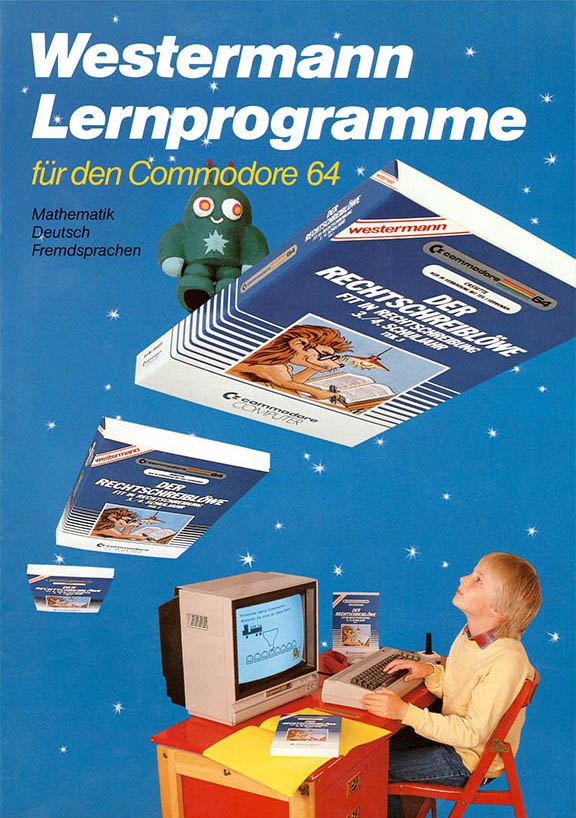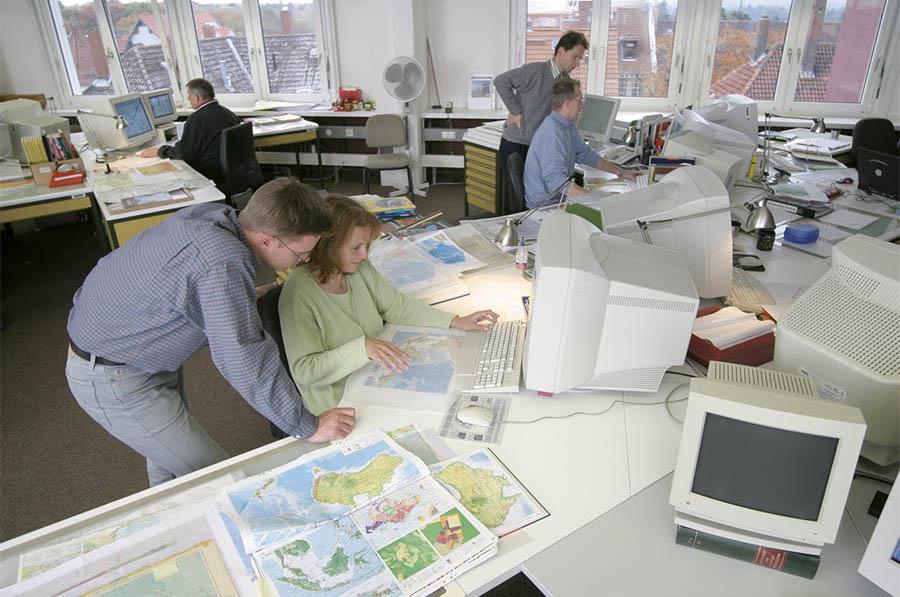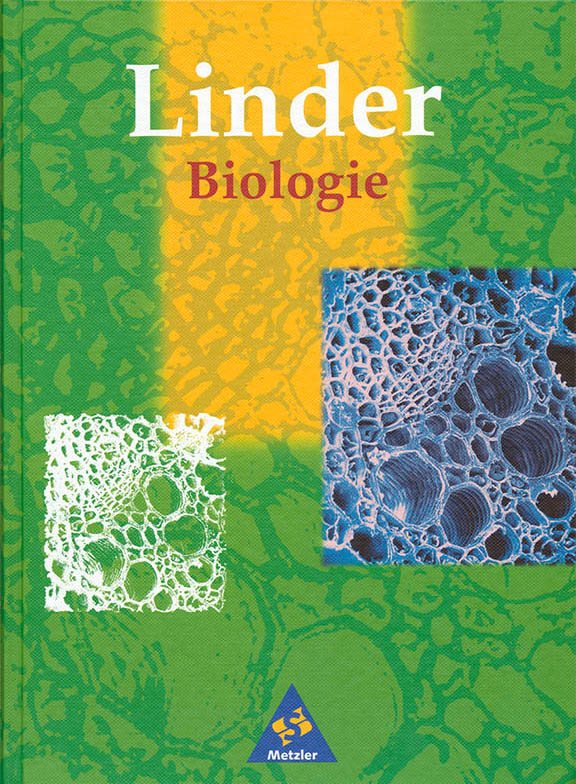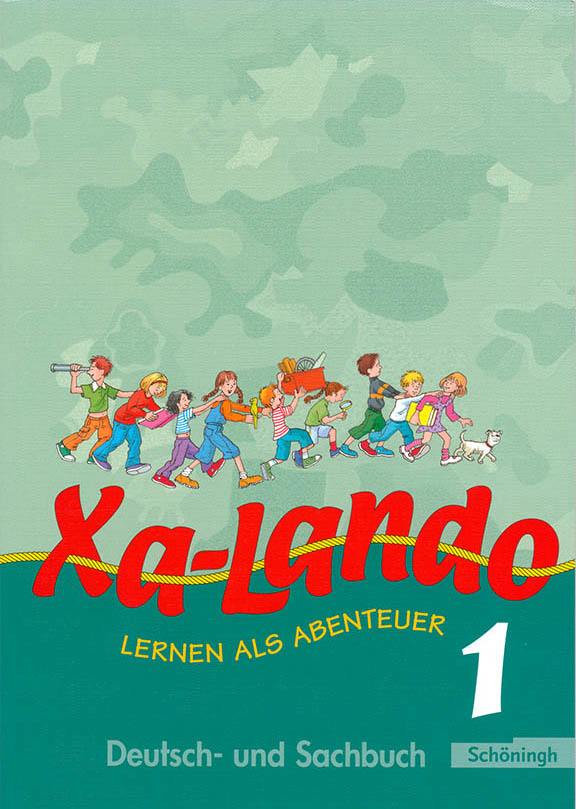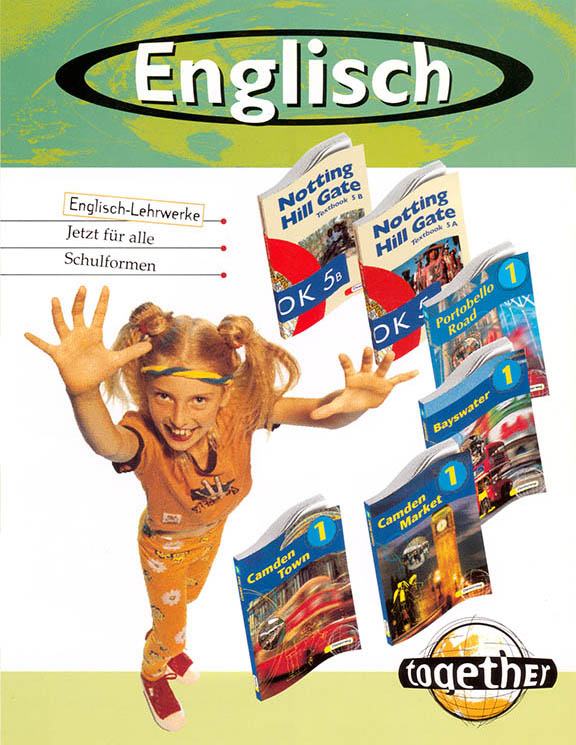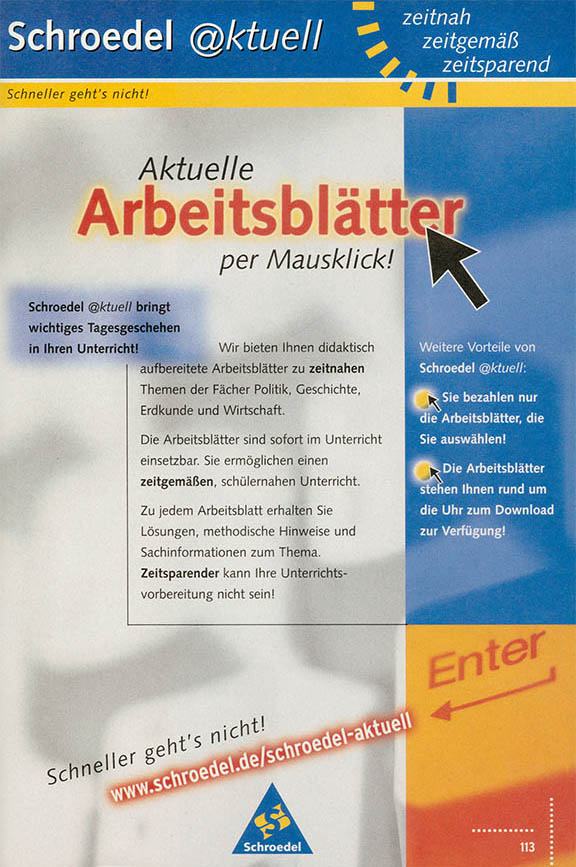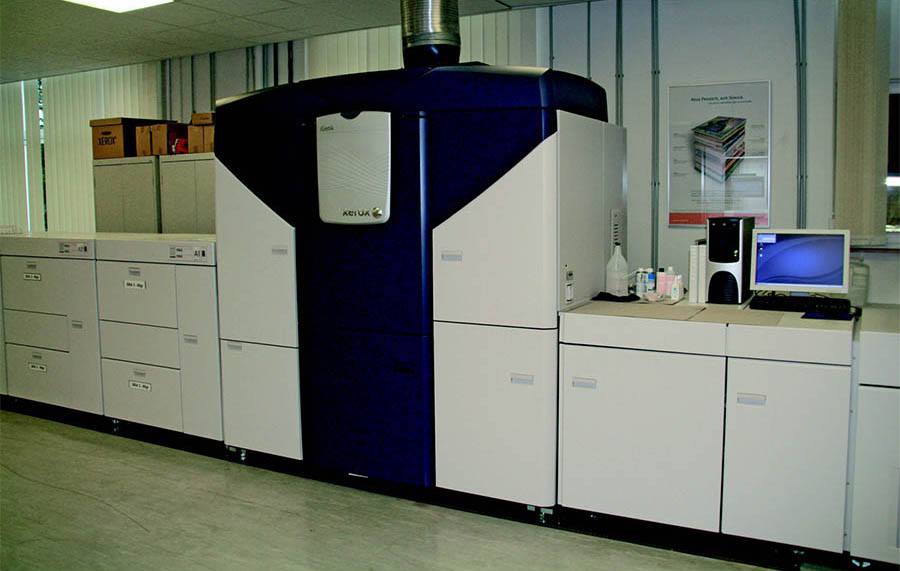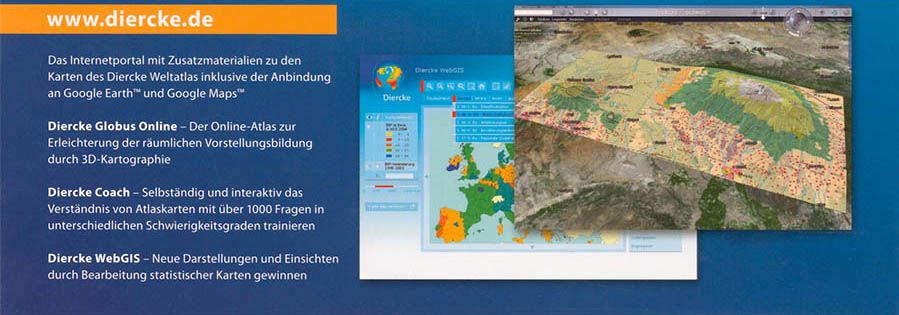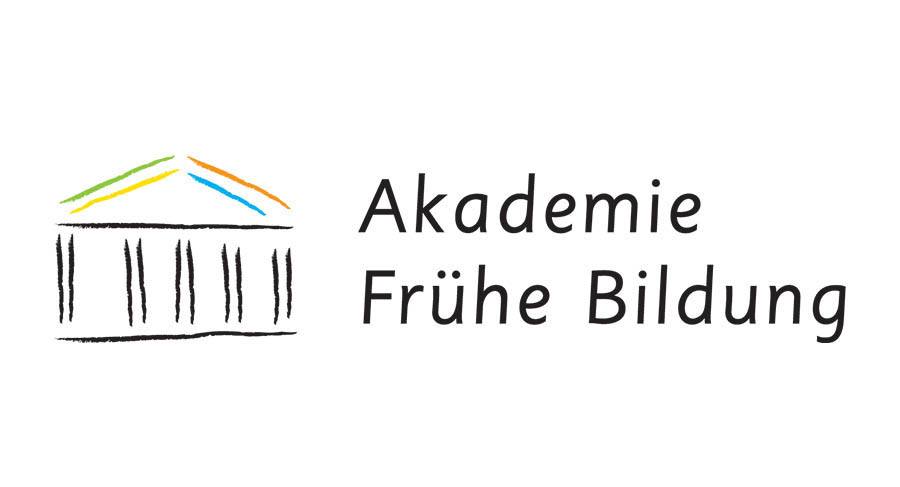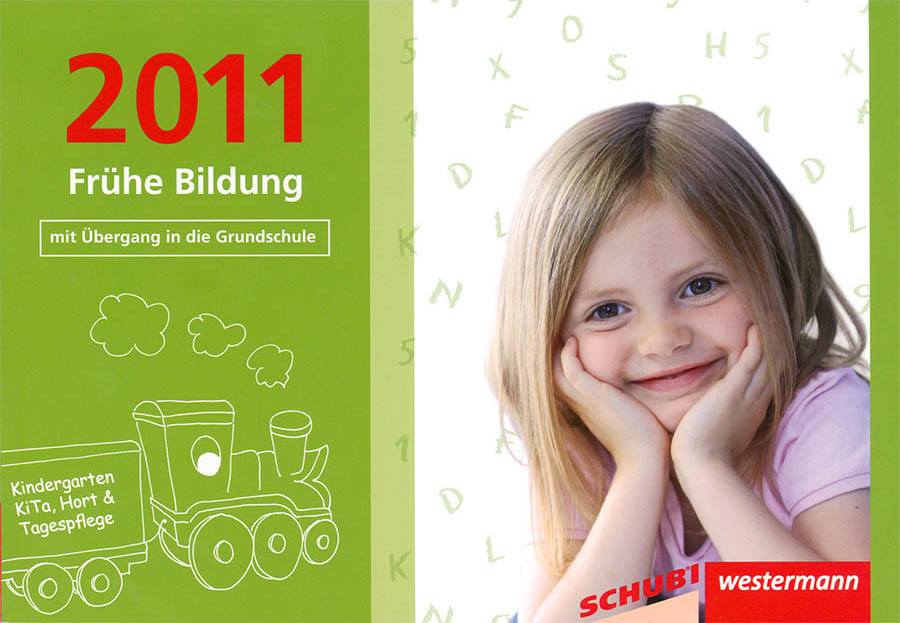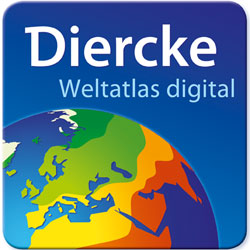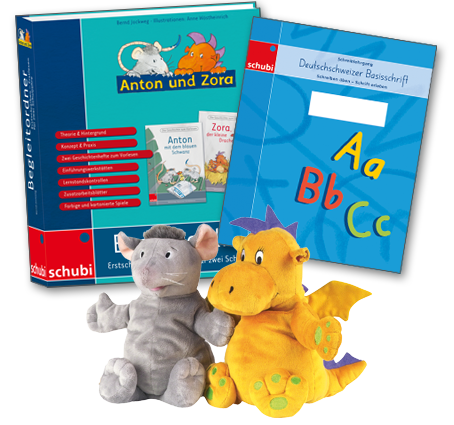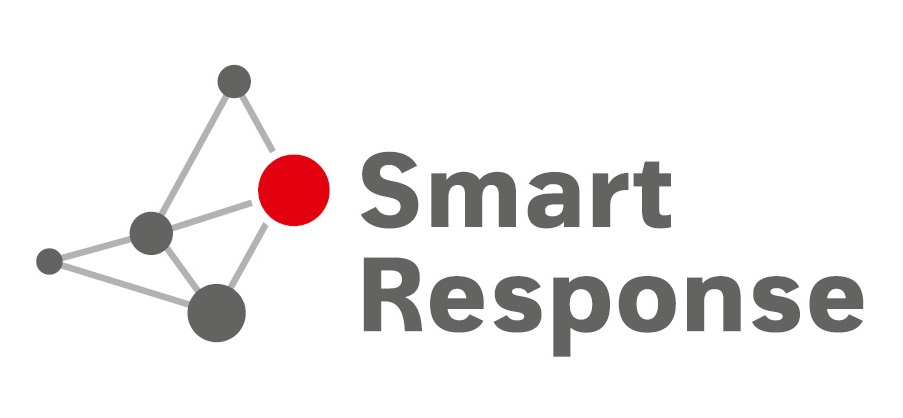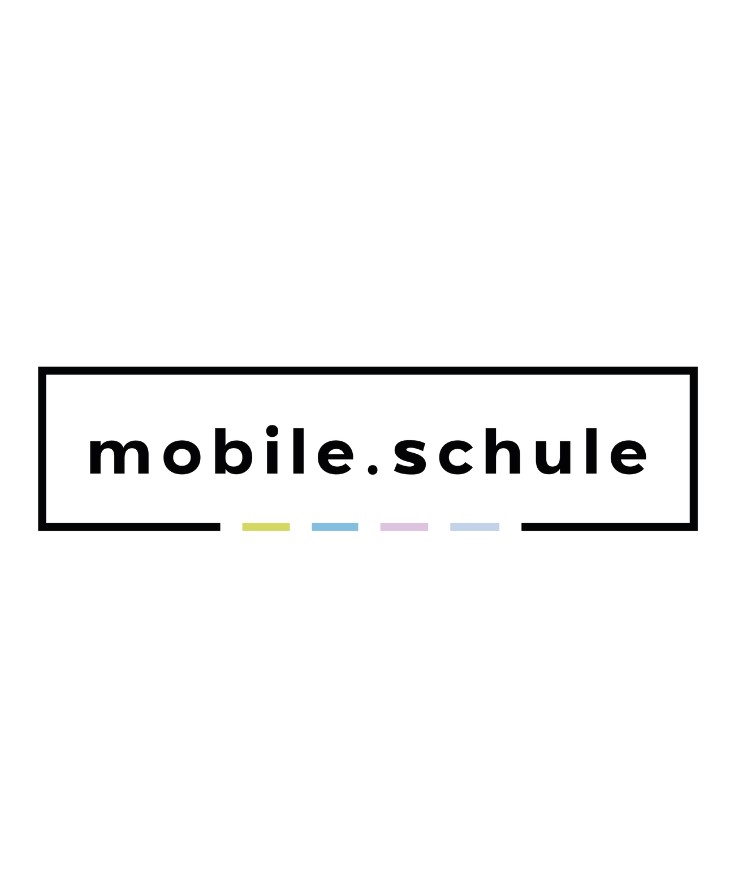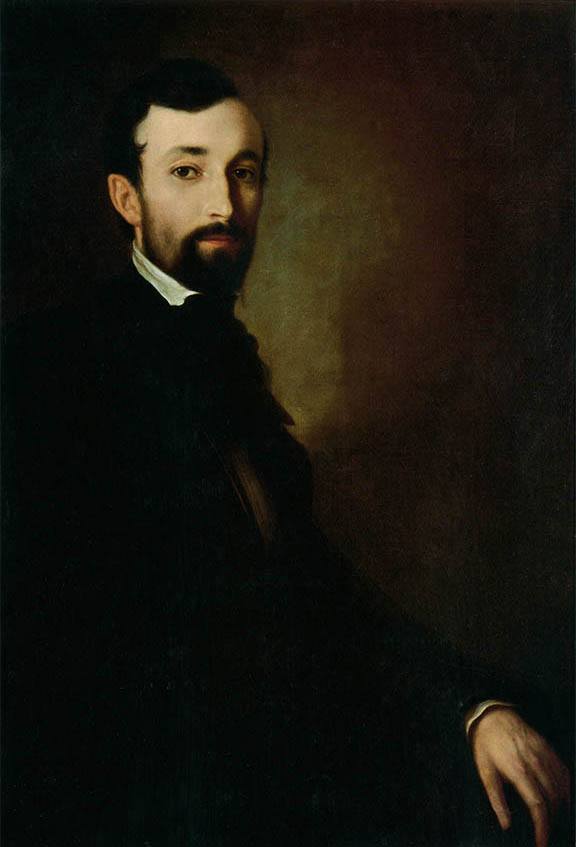
1838
The bookseller George Westermann (1810-1879), from Leipzig, establishes the publishing house in his name in Braunschweig on 21st May 1838.
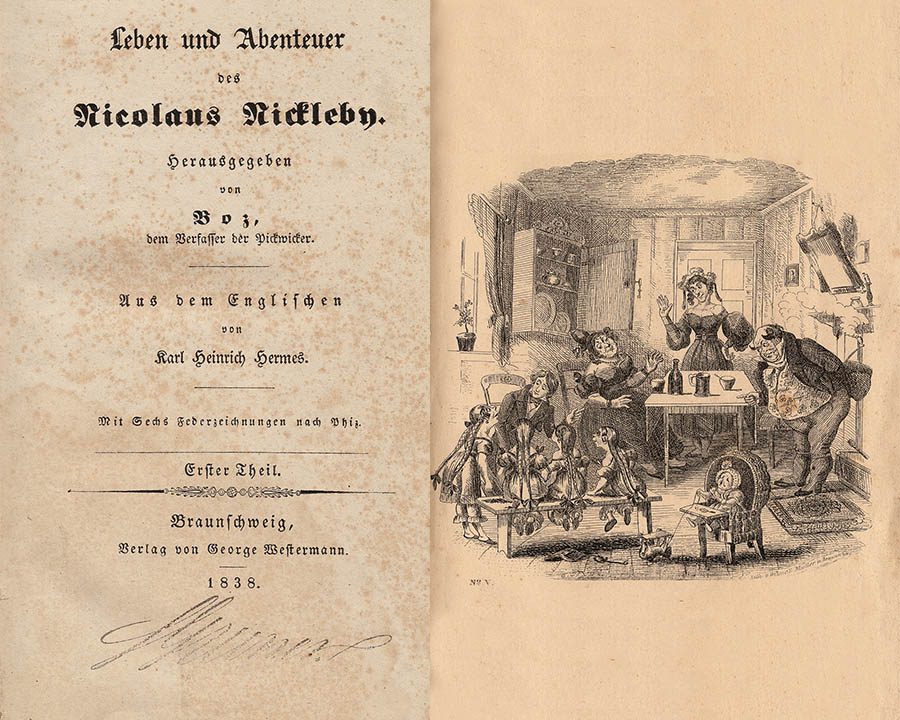
1838
The first texts published by Westermann are the works of Charles Dickens. The first Westermann ranges include renowned historical publications, foreign-language dictionaries and travel literature. School maps, journals and fiction are soon to follow.
1845
Foundation of the Westermann printing house.
1845
The planning for the first Westermann school atlas has begun.
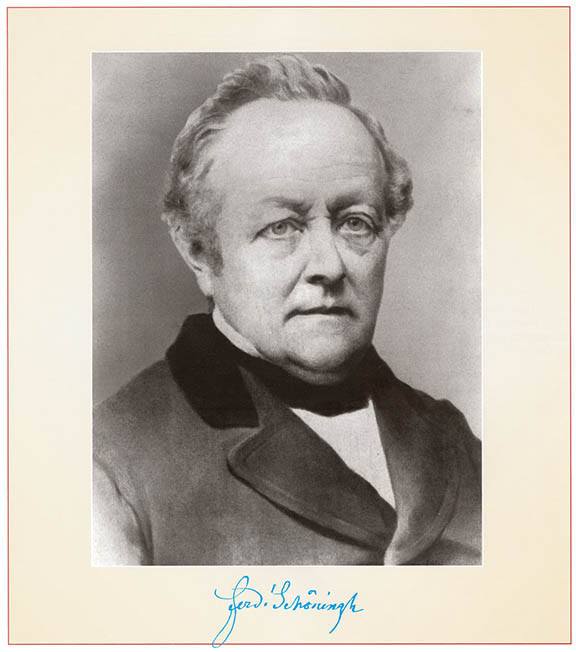
1847
Westermann Druck (the printing house) completes its first external commission. The bookseller Ferdinand Schöningh (1815-1883) starts his own book and art dealing business in Paderborn, which bears witness to a strong Catholic influence. Since 2002 the textbook division of the business belongs to the Westermann Gruppe.
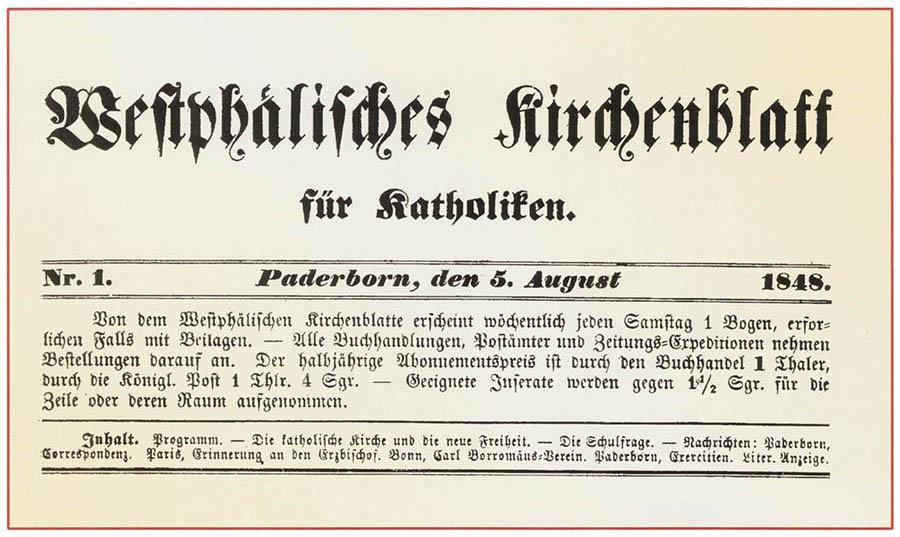
1848
The first Schöningh publishing division: a newspapers and periodicals publisher. In 1848 the first issue of the “Westfälischen Kirchenblattes für Katholiken” (Westphalian Church News for Catholics) is produced. The publishing division subsequently becomes known for its theological, scientific, pedagogical and fictional publications.
1849
Westermann begins to concern itself with modern languages, which are slowly gaining ground in schools.
1849
Westermann’s first specialist periodical is published: “Archiv für das Studium der neueren Sprachen und Literaturen” (Archive for the Study of Modern Languages and Literature) focusses on modern language teaching and still exists today.
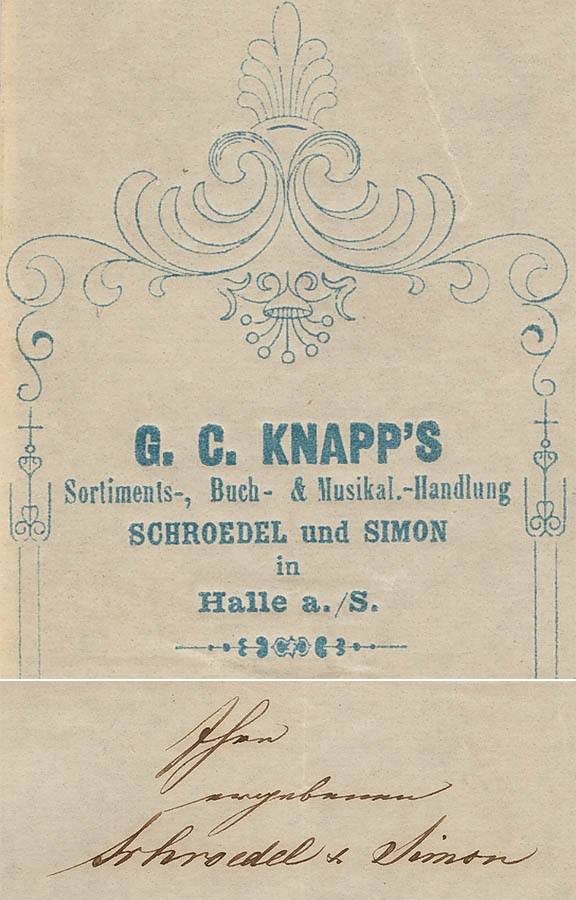
1850
Schöningh expands its textbook range, predominantly for Gymnasien. Key subject areas include: Classical Languages, History, Geography and German. Louis Schroedel (1823-1884) becomes a partner in the Kümmelschen publishing house and retail bookshop in Halle / Saale (est. 1792) and by 1863 he is the sole owner. In 2002 the publishing house becomes part of the Westermann Gruppe.
1850
Schöningh’s “Kleine lateinische Sprachlehre” (Short Latin Grammar) by Ferdinand Schultz lays the foundations of a Latin textbook still well-known today, “Ars Latina”.
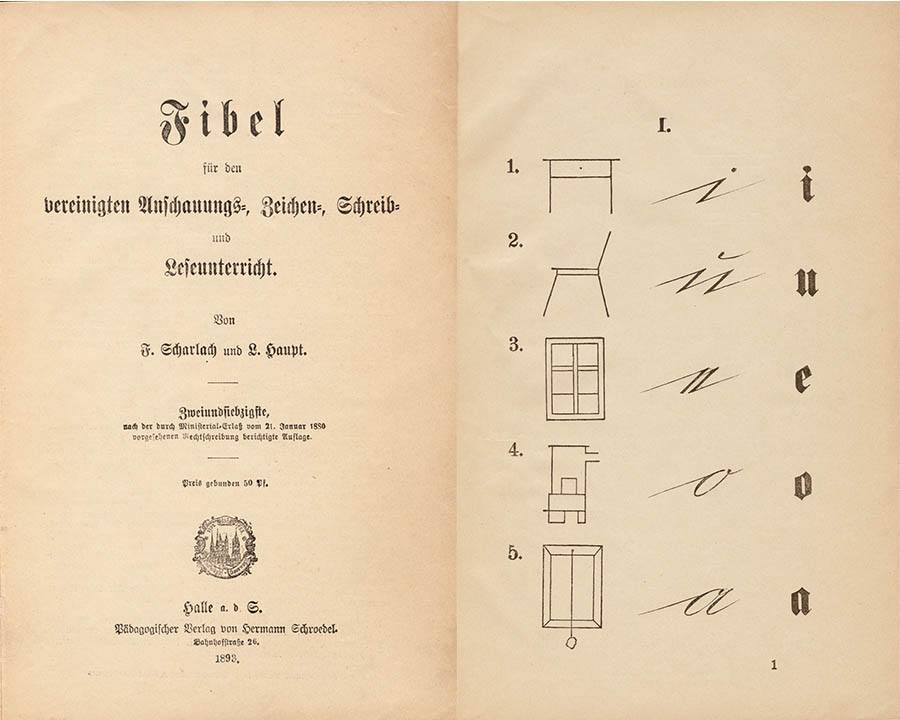
1850
1850er/1860er Included in the early Schroedel range are primers and reading books for primary and infant education.
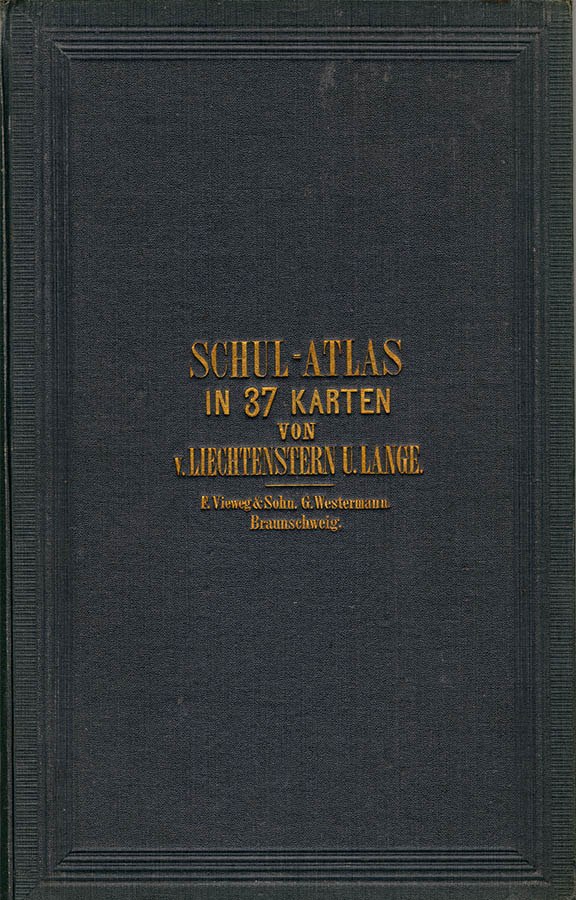
1853
The first Westermann school atlas is produced; it is intended for more advanced schools. From now until 1890, more than 900,000 copies are printed. From 1862 onwards Westermann produces separate atlases for primary schools.
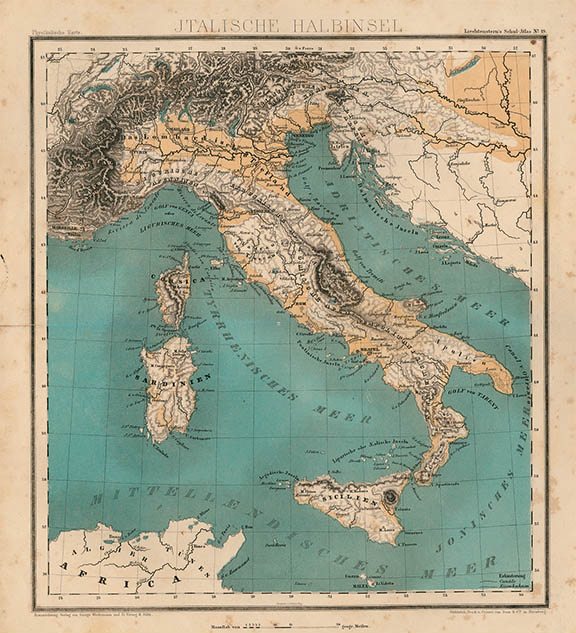
1854
George Westermann is one of the first cartographic publishers to adopt colour printing for the production of maps instead of colouring them by hand. This became a field of innovation for the printing house.
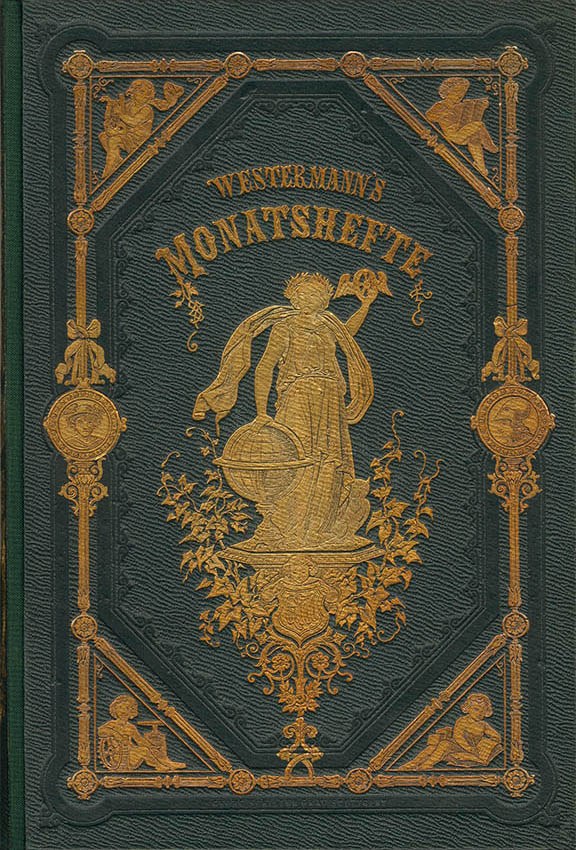
1856
“Westermann’s Illustrierte Deutsche Monatshefte” (Westermann’s Illustrated German Monthly Periodicals) are produced. They are part of the most significant cultural periodicals in Germany. The production ceases in 1987.
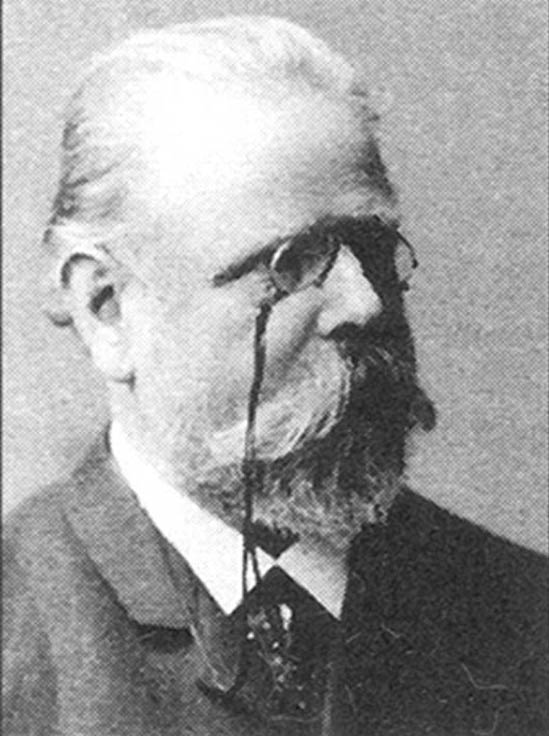
1860
The bookseller Carl Theodor Moritz Diesterweg (1834-1906), from Berlin, purchases the Jo. Chr. Hermannsche booksellers in Frankfurt and from 1873 onwards concentrates entirely on book publishing. The publishing house later takes his name. In 2002, the firm joins the Westermann Gruppe.
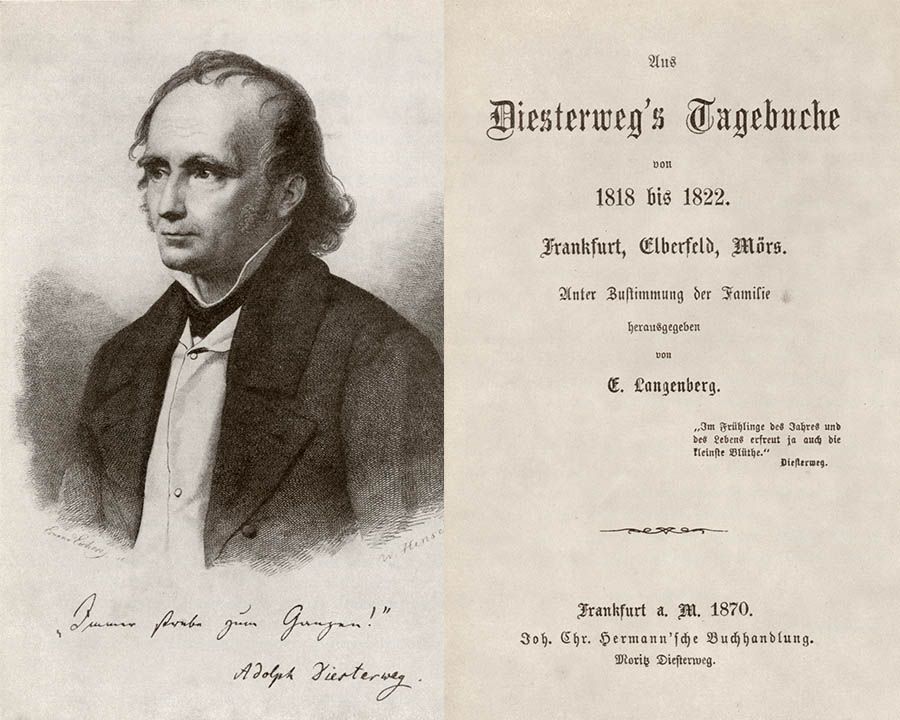
1860
Moritz Diesterweg establishes the foundations of his pedagogical and educational publishing house by publishing the works of his famous father, Friedrich Adolph Wilhelm Diesterweg.
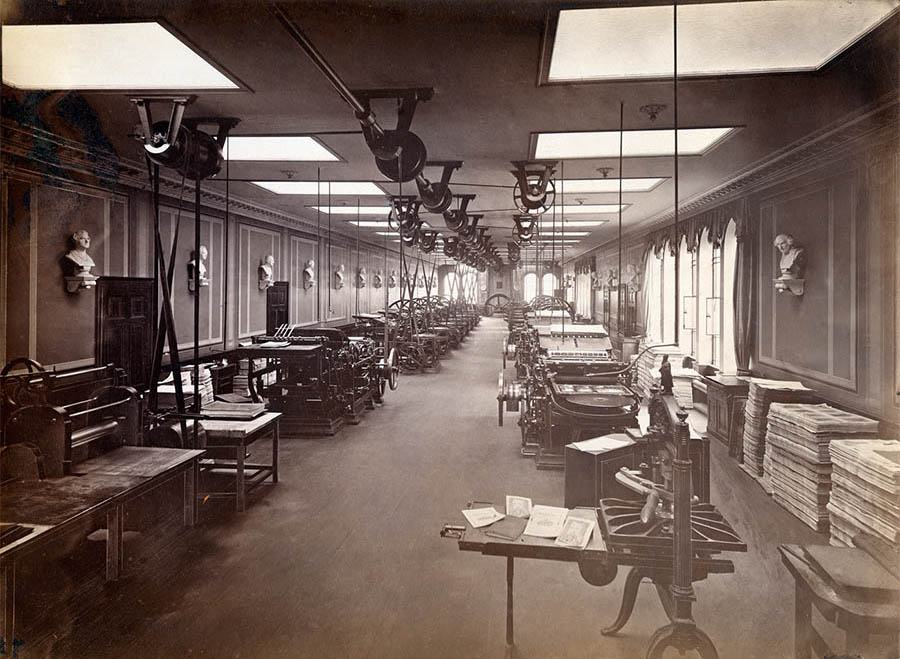
1864
The Westermann printing house makes the transition from manual to steam-powered labour.
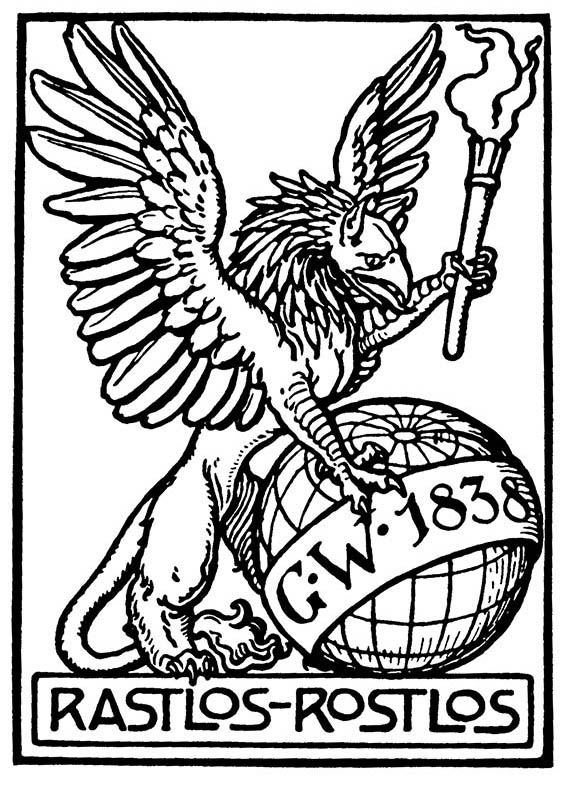
1869
1869/70 Alongside the lithographer and cartographer Eduard Gaebler, from Leipzig, Westermann develops a method for the cost-effective and large-scale production of maps with use of the high-speed printing press.
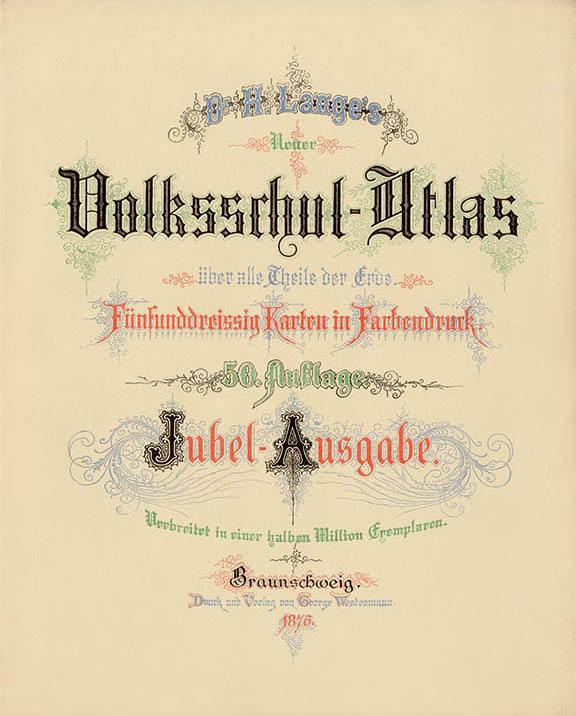
1871
A primary school atlas, developed and printed by Westermann, appears on the market and more than 700 editions are printed in the years up to 1941. By 1914 more than five million copies have been printed.
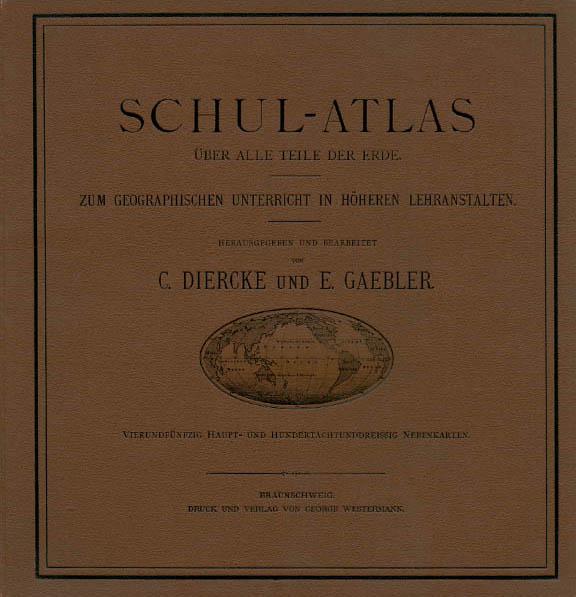
1883
The first Diercke Weltatlas (Diercke World Atlas). It is a milestone in German school cartography and becomes a standard work.
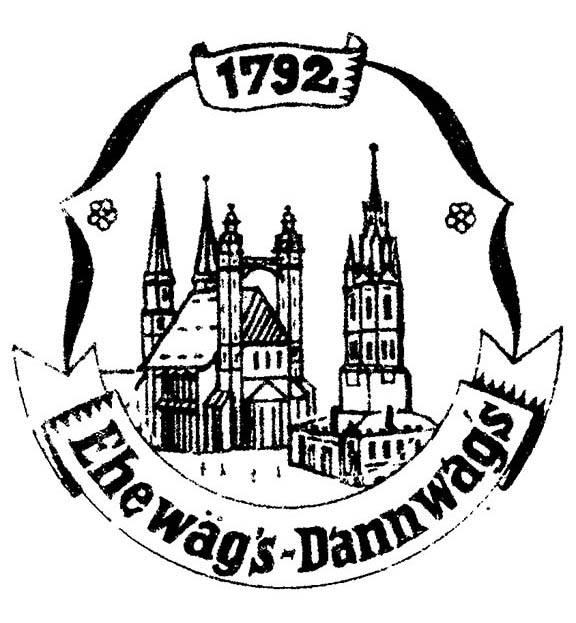
1885
Hermann Ludwig Schroedel (1864-1943) assumes control of the publishing division of his father’s company in Halle. Under his name, the company grows to reach beyond Saxony. It produces learning materials for the primary and intermediate school years, as well as specialist journals and youth literature.
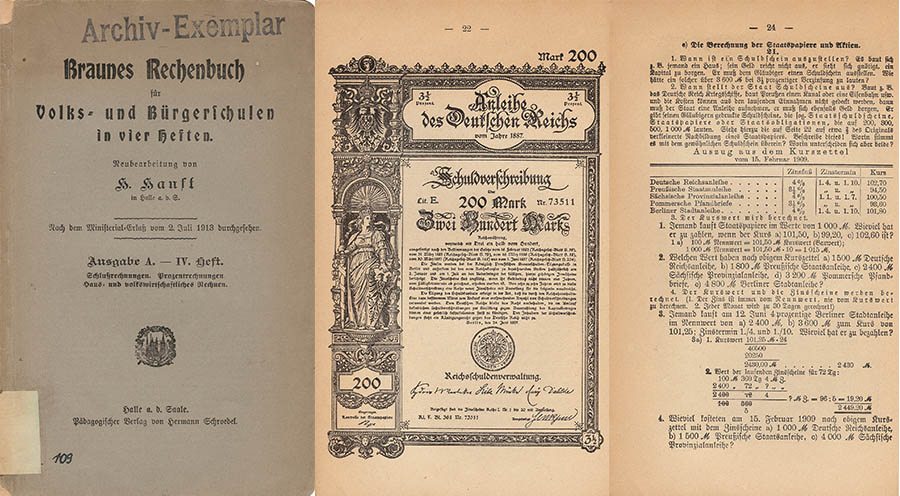
1887
Schroedel achieves long-term success with August Braun’s und Heinrich Hanft’s arithmetical works for primary and secondary schools. After some revision, the brand name “Welt der Zahl” will follow.
1891
Under the name Wilhelm Schweizer, a factory producing paper, cardboard packaging and filing equipment for schools is founded in Winterthur, Switzerland; this will later become SCHUBI Lernmedien GmbH. By 1900 the company can offer its own published range, which includes learning materials for schools. In 2002 the company joins the Westermann Gruppe.

